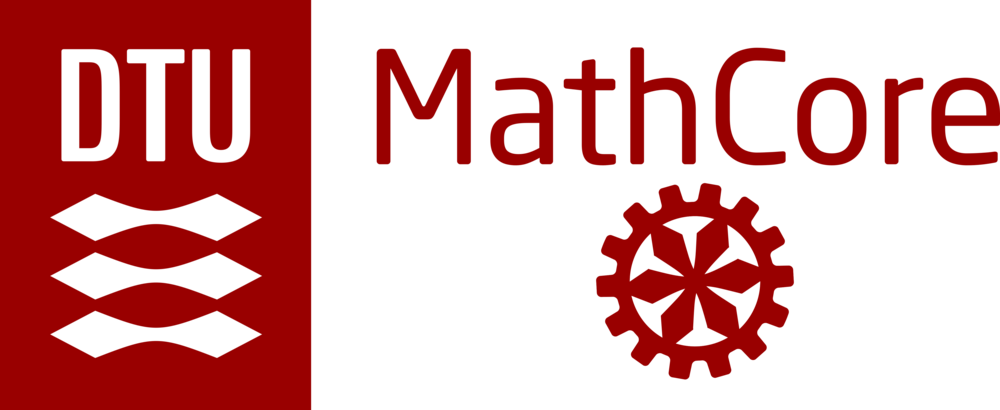Permanent Faculty
-
Ole Christensen, Professor
Keywords: functional analysis, operator theory, harmonic analysis, Fourier analysis, approximation theory, frame theory, Gabor/wavelet theory, generalized shift-invariant systems
Frame theory is a very useful tool in pure mathematics and engineering. A frame for a Hilbert space leads to an expansion of all elements in the Hilbert space that is very similar to the well-known expansion in terms of an orthonormal basis; however, the setup of a frame is much more flexible and it is much easier to design a frame with prescribed properties than for the ONB case. An important feature of frames is that they might be redundant, which makes frames very useful in signal processing. Current projects include an analysis of various operator representations for frames (exact representations and also approximate representations) as well as a generalization of classical frame theory to a theory that replaces the exact frame expansions by "approximate expansions within machine precision." read more
Jakob Lemvig, Associate ProfessorKeywords: frame theory, Fourier analysis, functional analysis, Gabor analysis, harmonic analysis, signal processing, shearlets, time-frequency analysis, wavelets
My main objective is advancing the understanding of data, signals, and functions occurring throughout engineering and mathematics using linear transforms. The key challenge is constructing and analyzing new transforms that reveal the desired information of the data/signals of interest. I work in the abstract setting of harmonic analysis and frame theory in Hilbert spaces as well as its many concrete manifestations, e.g., wavelet and time-frequency analysis of square-integrable functions. read more
Michael Pedersen, Professor, Head of sectionKeywords: modern analysis, PDEs, boundary value problems for linear and non-linear PDEs, regularization methods, variational analysis, control theory for PDEs, boundary control, pseudodifferential analysis, mathematical biology
By use of pseudodifferential boundary calculus I study the control of boundary value problems, and lately by the use of the Hilbert Uniqueness Method I have worked with functional analytic formulation of boundary control problems, invoking elements from the so called Boutet de Monvel-calculus and studying exponential stability. In mathematical biology we have studied spatio-temporal predator--prey models in several dimensions and other nonlinear problems, as well as delay PDEs for species spreading. These are also connected to pollution propagation in mathematical ecology. read more
Kim Knudsen, Associate professorKeywords: Applied mathematical analysis, Inverse Problems, Partial Differential Equations, Functional Analysis, Medical Imaging, Tomography, Biomathematics, Mathematical Biology, Uncertainty Quantification, Scientific Computing
Kim Knudsen has a background in applied mathematical analysis, which concerns the mathematical modelling, analysis and numerical computations for real world physical phenomena. During the last 20 years he has contributed significantly to the reconstruction problem in Electrical Impedance Tomography by advancing the theory in the partial data problem and by developing and investigating so-called direct reconstruction methods in 2D and 3D. In recent years his interest has been devoted to the theoretical and computational understanding of Hybrid Data Tomography, e.g. Acousto-Electric Tomography and Magnetic Resonance Electrical Impedance Tomography. Besides his works on Inverse Problems, Kim Knudsen has worked on mathematical biology within aquatic sciences. read more
Mirza Karamehmedovic, Associate ProfessorKeywords: analysis, differential equations, partial differential equations, pseudodifferential boundary problems, inverse problems, inverse scattering, inverse source problems, Uncertainty Quantification
I use the theory of partial differential equations and of pseudodifferential operators to characterize general inverse scattering and inverse source problems in terms of solution regularity, as well as stability in the presence of noise. A 'byproduct' of the analysis are, for example, new results concerning the mapping properties of special classes of pseudodifferential operators. On the numerical side, I construct and apply numerical methods for the approximate solution of industrially relevant inverse scattering problems. Here, I have lately begun to include elements of PDE-based Uncertainty Quantification and rudimentary machine learning. Spectral and regularity analysis of solutions of boundary problems. Numerical solution of inverse problems for PDE. Uncertainty Quantification. read more
PhDs, Postdocs and Research Assistants
Coming soon.
